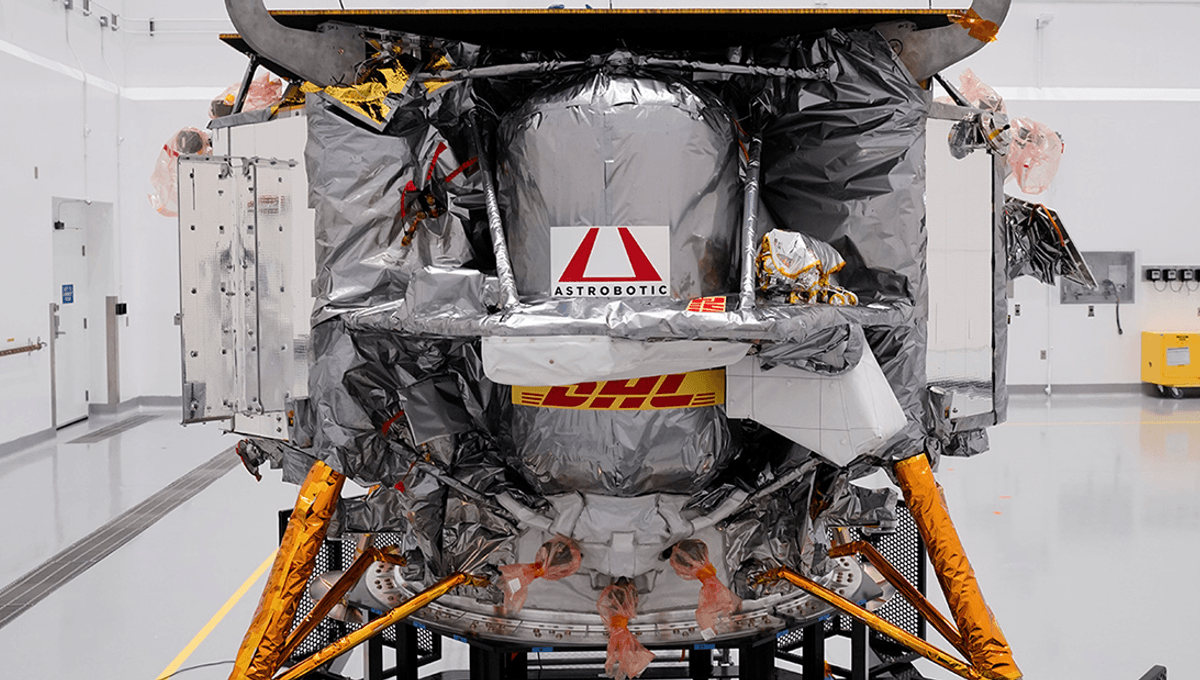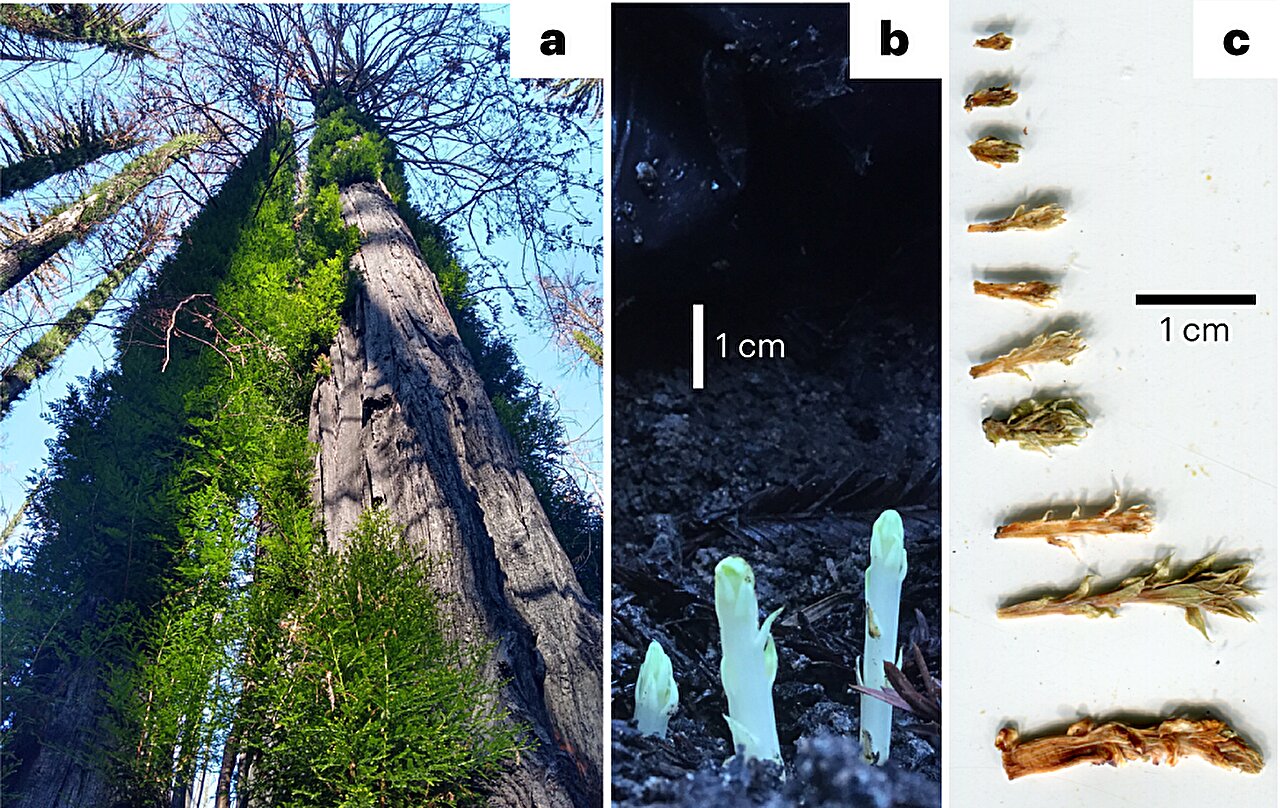It’s been over fifty years since NASA last set foot on the Moon, but now they’re gearing up for an incredible return with the upcoming Artemis missions. Before the crewed launch in November 2024 (fingers tightly crossed), NASA will make a preliminary trip to the Moon on January 25, hitching a ride on a private company’s lander.
American space company Astrobotic is leading this mission, which will carry NASA instruments to the lunar landscape for study. Onboard the Peregrine lander, there will be an impressive total of 21 payloads from NASA, governments, universities, and companies representing seven different countries.
Among NASA’s payloads is a Neutron Spectrometer System, designed to search for signs of water-ice near the lunar surface and analyze soil composition. Additionally, a Linear Energy Transfer Spectrometer will collect information about radioactivity on the Moon’s surface. And believe it or not, a cryptocurrency company has funded a rather unusual payload—a single bitcoin loaded into a physical coin adorned with their logo.
During their time on the Moon, the team hopes to ensure that the instruments have a full 10 days of working time before the long lunar night potentially renders them inactive.
While this launch is an exciting day for many, for some it will also be a somber occasion. Celestis, a space burial firm that offers to send the remains of loved ones into space, has purchased space on board the lander.
The Peregrine lunar lander has already been safely delivered to Cape Canaveral, Florida, in preparation for its launch on December 24, 2023.
“As we know, space is a challenging environment. We’ve completed a series of industry-standard acceptance tests to give Peregrine the best chance for success,” said Sharad Bhaskaran, Astrobotic’s Peregrine Mission One Director. “Peregrine and the team are ready. After launch, we will separate from the Vulcan Centaur and establish power and communications with the spacecraft to guide it to the Moon. Then, we will attempt a historic autonomous landing on the lunar surface.”








